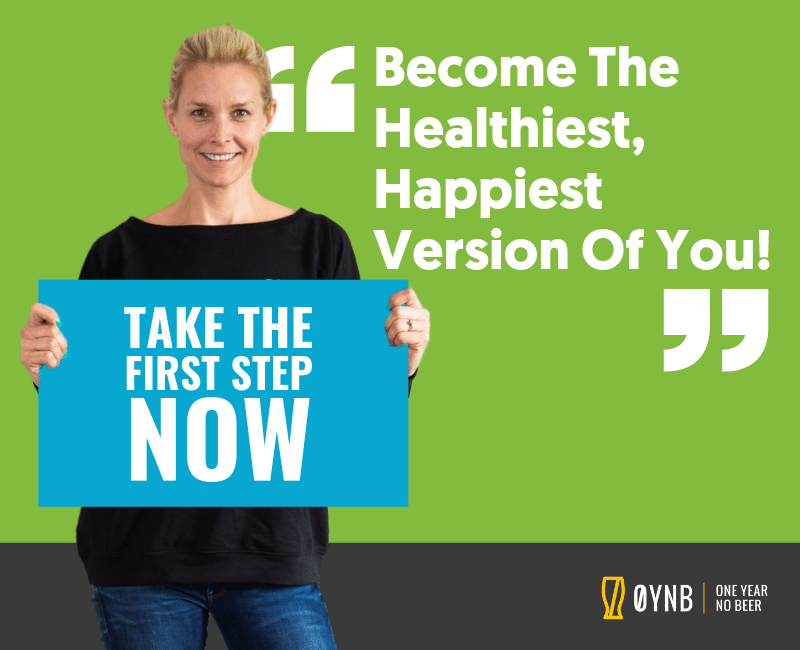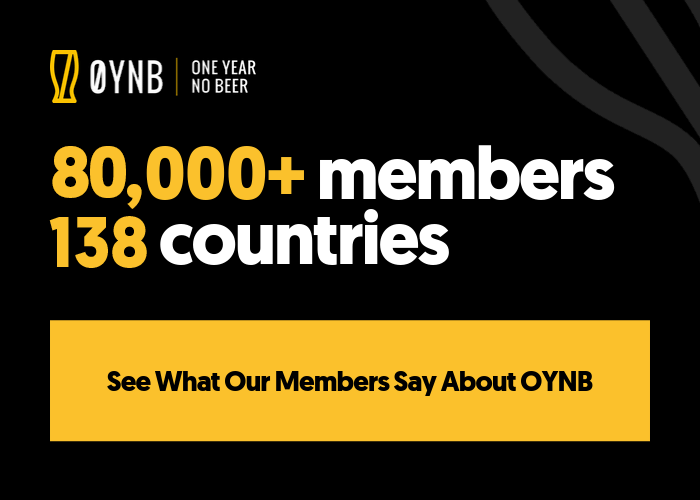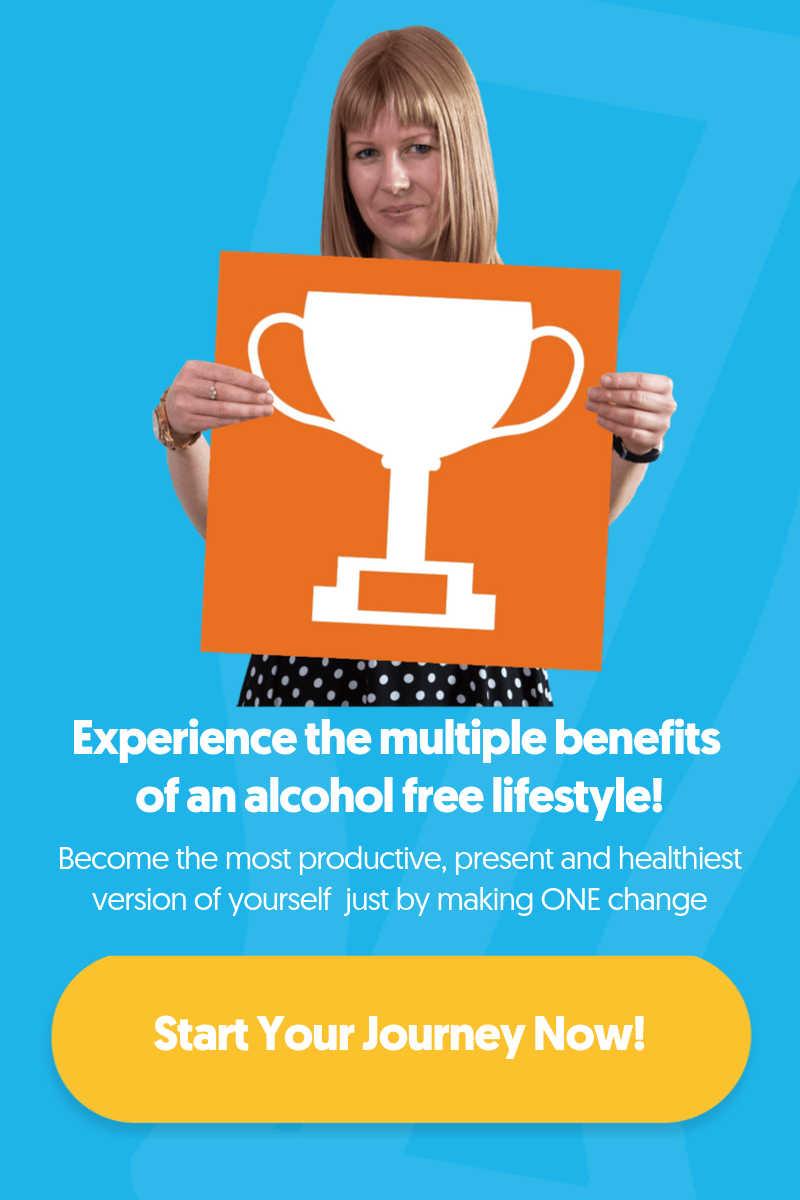Mindfulness is all about being in the moment – but it’s not just about noticing the breeze on your skin and the sounds of the birds in the trees. In fact, we practice seeing these things so that we can begin to notice how we are inside – what we are feeling, thinking, and how those thoughts are affecting us.
When we take a moment to notice the stories we tell ourselves day today (via our thoughts), we can begin to see the ideas for what they are – just thoughts – and start to realise that they aren’t these uncontrollable rollercoasters we are stuck on, but that we have a choice around what we dwell on… stick with me.
One of the most significant obstacles to living mindfully is our cravings. But by taking a step back to observe the thoughts that surround them, we create an internal shift and space that helps us move from being in them to looking at them objectively – which consequently helps us detach from them. Studies* have found that using mindfulness techniques even without any prior meditation experience, has the power to help us stop temptation in its tracks.
This might sound counterintuitive; how could being more present and aware of our cravings help? But in doing this, we release ourselves from getting caught up in them – and this is backed up by research – a study* recently found that paying mindful attention to the trigger of a craving interrupts the complex brain activation response that occurs, which consequently halts our desire in its tracks.
How to use mindfulness for an alcohol-free summer:
- Take a moment to breathe and briefly close your eyes. Notice what you can hear around you, what you can feel on your skin and what you can smell to bring yourself to the moment.
- Now, in your mind's eye, visualise a cargo freight train chugging through the countryside.
- The train passes under a bridge. From the bridge above, you can see into each freight container. Each one contains a thought. Try to imagine yourself on the bridge, looking at each thought in each freight container from above as they go past.
- This is a great way to visualise observing your thoughts. When you are in a thought, it’s like you’re in the container, being taken away by it – it feels like you’re not in control of where the thought is taking you. You’re surrounded by the thought – it’s all you can see – all you experience.
- When you practice observing the thoughts, it’s like you’re sitting on the bridge watching them drive past – the thoughts are still there, but you aren’t in them anymore – you’re in control – you don’t dwell on them or allow them to become your whole experience – you simply notice them and let them move past you.
- Next time you find yourself in a situation where you would usually crave alcohol, say, a sunny pub garden with friends, can you notice what thought container you’re in, and take a step back to simply observe it and become aware of it, rather than need to change it, or push it away?
Example
At the bar, my two friends order a cool beer and a glass of wine – it’s a warm sunny day and previously there’s nothing I’d like more than a glass of something cool in the sunshine. I think: ‘It’s sunny and I want to have a beer in the sunshine. I really want it – it’s my whole experience right now – wanting this beer – everyone else has one, it’s what I’ve always done and enjoyed, I’ll be left out and won’t enjoy myself as much without a beer…’.
I’m wrapped up in this thought, and the experience feels very real to me. I feel a bit trapped by it. Then I start to judge myself: ‘I want to go alcohol-free for a bit though to see how I feel – and look – I can’t even fight the temptation of a beer as soon as the sun comes out. I’m never going to do this… I might as well give up…’
Now for the mindful part: I breathe in and out and notice my surroundings – the sun on my face, the rustling of the trees. The clinking of glasses, the laughter of friends. Now, bringing my attention to my mind, I observe the story I am telling myself: ‘I feel the craving to have a beer in the sunshine’. I take a step back and look at the thought without judgement, without trying to change it. ‘Oh look – here I am, in this pub garden in the sunshine – and I’m craving a beer. Interesting.’ I just ‘be’ with it: ‘It’s OK to want the beer, I don’t need to change this feeling; in observing this thought, I am no longer under its control’. I feel now that I have a choice – an option to let this thought go, to watch it pass by as if I’m sitting on the bridge, and observe it moving further and further away until I can no longer see it. It is no longer my full experience; no longer the only thing I can feel because I have stepped out of it to observe it.
Try practising this whenever you get a craving for any habit you are trying to bust – the more you practice, the easier it becomes! Plus, stay tuned for the rest of the mindfulness for an alcohol-free lifestyle series.
Want more support? One Year No Beer is the leading habit changing programme with a 96% success rate – sign up for one of the challenges here
by Ali Roff

An entrepreneur and former senior oil broker, Ruari gave up drinking after excessive consumption almost cost him his marriage, and worse, his life. Going alcohol-free improved his relationships, career and energy levels, leading to him founding OYNB to provide a support network for others.







